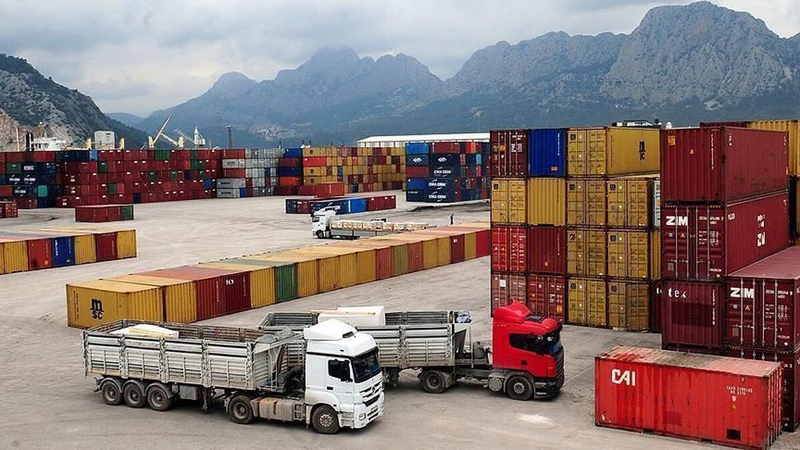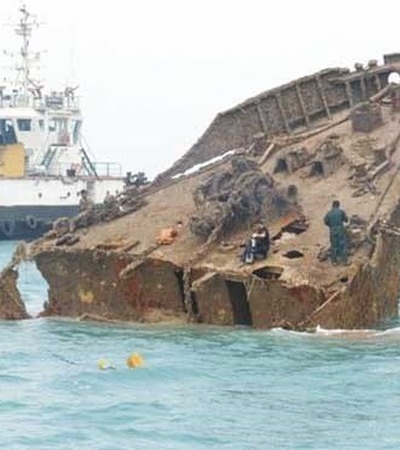
Armenia, a small, landlocked country in the South Caucasus, has a growing economy that is largely focused on trade, services, and agriculture. Its economy is heavily reliant on imports since the country lacks significant natural resources and industrial output. Armenia imports a wide range of goods, including machinery, vehicles, fuel, pharmaceuticals, and consumer goods. Key import partners include Russia, China, Germany, and Iran. On the other hand, Armenia`s major exports include minerals such as copper and molybdenum, agricultural products like wine, brandy, and dried fruits, as well as textiles and jewelry. Russia, the European Union, and China are among its main export destinations.
Armenia has established growing trade ties with Middle Eastern countries, especially Iran and the United Arab Emirates. Iran is a critical partner for Armenia due to its geographical proximity and shared borders, providing Armenia with vital energy resources and trade opportunities. The relationship with the UAE has also strengthened in recent years, particularly in areas such as jewelry, precious metals, and tourism. These ties are crucial for Armenia, given its landlocked position and strained relations with neighboring Turkey and Azerbaijan, which complicate regional trade.
The country’s banking and financial system has evolved significantly since its independence in 1991. The Central Bank of Armenia regulates the sector, ensuring financial stability and promoting economic growth. Armenia has a well-developed banking sector, with several commercial banks providing a wide range of services to individuals and businesses. The financial system is relatively open to foreign investments, and digital banking services are on the rise. However, Armenia`s economy faces challenges, including a reliance on remittances from its large diaspora, particularly in Russia, and vulnerabilities from global economic shifts. Despite these challenges, the government continues to implement reforms to stabilize the financial system, attract foreign direct investments, and modernize its economy.
-
 Gogoods 3 months ago
Gogoods 3 months ago Armenia
B2B Company in Armenia
Armenia
B2B Company in Armenia
We are proud to offer a wide and diverse range of products including industrial goods, agricultural products, building materials, food items, pet supp...Details
-
 Shiny Star 3 months ago
Shiny Star 3 months ago Armenia
Shipwreck waste and metal waste
Armenia
Shipwreck waste and metal waste
25000tons) of ship waste, one ship shaft and propellerDetails
-
 Mohammadreza Monfared 3 months ago
Mohammadreza Monfared 3 months ago Armenia
Building Materials
Armenia
Building Materials
Buying and selling building materialsDetails
In 2025, Armenia"s trade landscape presents intriguing insights for international business professionals. Notably, Armenia"s merchandise import value index surged to 140. 4 in 2023, significantly surpassing the global average of 101. 09. This robust growth trajectory, following a sharp increase from 117. 5 in 2021 to 163. 7 in 2022, indicates Armenia"s growing demand for international goods, suggesting potential opportunities for exporters aiming to penetrate the Armenian market. However, this rapid growth contrasts with global trends, where import values showed more modest changes, reflecting potentially higher economic volatility.
On the export front, Armenia"s merchandise export value index also demonstrated an upward trend, reaching 157. 0 in 2023, well above the global average of 102. 25. This indicates an expanding role in global supply chains, potentially driven by increasing competitiveness or new trade agreements. However, the export unit value index fell from 125. 8 in 2021 to 99. 4 in 2023, aligning closely with global averages, which suggests that while export volumes have increased, the value per unit is stabilizing, possibly due to price adjustments or shifts in product mix. Despite these positive indicators, Armenia faces challenges such as aligning its current account balance closer to the global trend, which shifted from a surplus to a deficit.
This highlights the need for strategic economic policies to enhance trade sustainability. For businesses exploring opportunities in Armenia and the broader Western Asia region, leveraging platforms like Aritral. com can provide strategic advantages. Aritral"s AI-driven features facilitate smoother market entry and offer robust tools for product listing and direct communication, enhancing visibility in the dynamic trade landscape. By creating a business profile on Aritral. com, companies can gain access to tailored market insights, aiding in informed decision-making and maximizing trade potential. "





